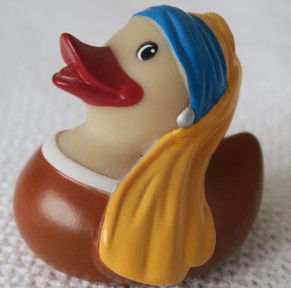
Painters of the Dutch Golden Age, 1588 to 1672 Quiz
The Dutch Golden Age lasted just 84 years, during which time the country flourished in every way, particularly in art. This quiz asks you to identify some of the painters of the period by the clues given - some of which might take some lateral thinking!
A matching quiz
by Southendboy.
Estimated time: 3 mins.
- Home
- »
- Quizzes
- »
- Humanities Trivia
- »
- Art
- »
- Art by Region